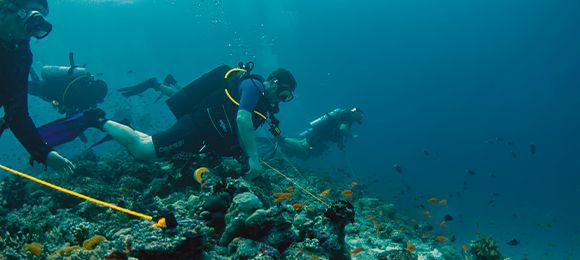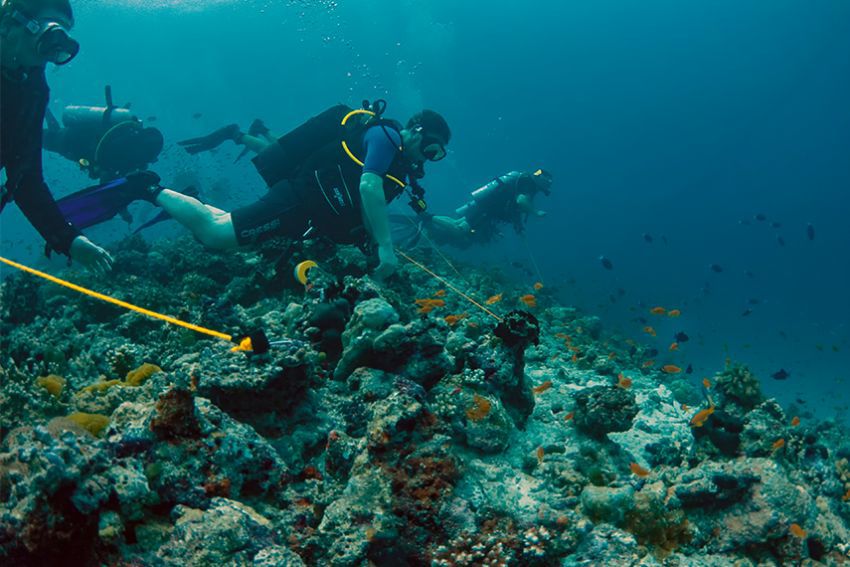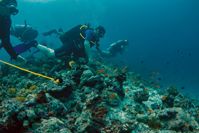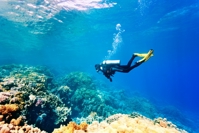Introduction
The Maldives, with its spectacular coral reefs and abundant marine life, offers an unparalleled diving experience. However, the challenge of navigating its strong currents can detract from this underwater marvel. This is where the strategic use of a reef hook plays a crucial role, offering divers a way to anchor themselves and enjoy the vibrant underwater world without disturbance.
Using a reef hook while diving can enhance your experience, especially in strong currents, by allowing you to stay in one place without exerting too much energy. It's particularly handy for photographers or anyone who wants to observe marine life without disturbing their natural habitat. However, it's crucial to use a reef hook responsibly to minimize environmental impact. Here's a detailed guide on how to use one:
1. Understand When to Use It
Strong Currents: Reef hooks are most useful in areas with strong currents where swimming against the flow would be challenging and exhausting.
Observation Purposes: They allow divers to remain stationary, making it easier to watch marine life or take photographs.
2. Choose the Right Equipment
Hook: Look for a durable hook made of stainless steel or another corrosion-resistant material.
Line: The line should be long enough to reach from your BCD (Buoyancy Control Device) to the reef, with some extra length for adjustments. Nylon is a common choice for its strength and durability.
Clips and Carabiners: Ensure you have a sturdy clip or carabiner to attach the hook securely to your BCD.
3. Attaching the Hook
Before diving, attach the line to your BCD using the clip or carabiner. This ensures that the hook is readily accessible during your dive.
4. Deploying the Hook
Once you're in an area where you want to stay stationary, grasp the hook firmly in one hand.
Look for a non-living part of the reef, like a rock or dead coral (avoid live coral to prevent damage).
Gently place the hook in an area where it can securely catch without harming marine life.
Then inflate the BCD slightly.
5. Adjusting Your Position
After anchoring the hook, you can adjust your position by pulling in or letting out the line. This will help you find a comfortable spot where you can observe without being pushed away by the current.
Be mindful of your buoyancy and maintain neutral buoyancy to avoid unnecessary contact with the reef.
6. Unhooking
When ready to move on, delate your BCD and gently retrieve your hook by pulling on the line until you can unhook it.
Never jerk or yank the hook as this may damage the reef.
7. Environmental Considerations
Use reef hooks only when necessary and always prioritize protecting marine life and habitats.
Avoid using hooks on live coral or in protected areas where they are not allowed.
8. Practice Makes Perfect
If possible, practice using your reef hook in a controlled environment or under the guidance of an experienced diver before trying it in strong currents.




